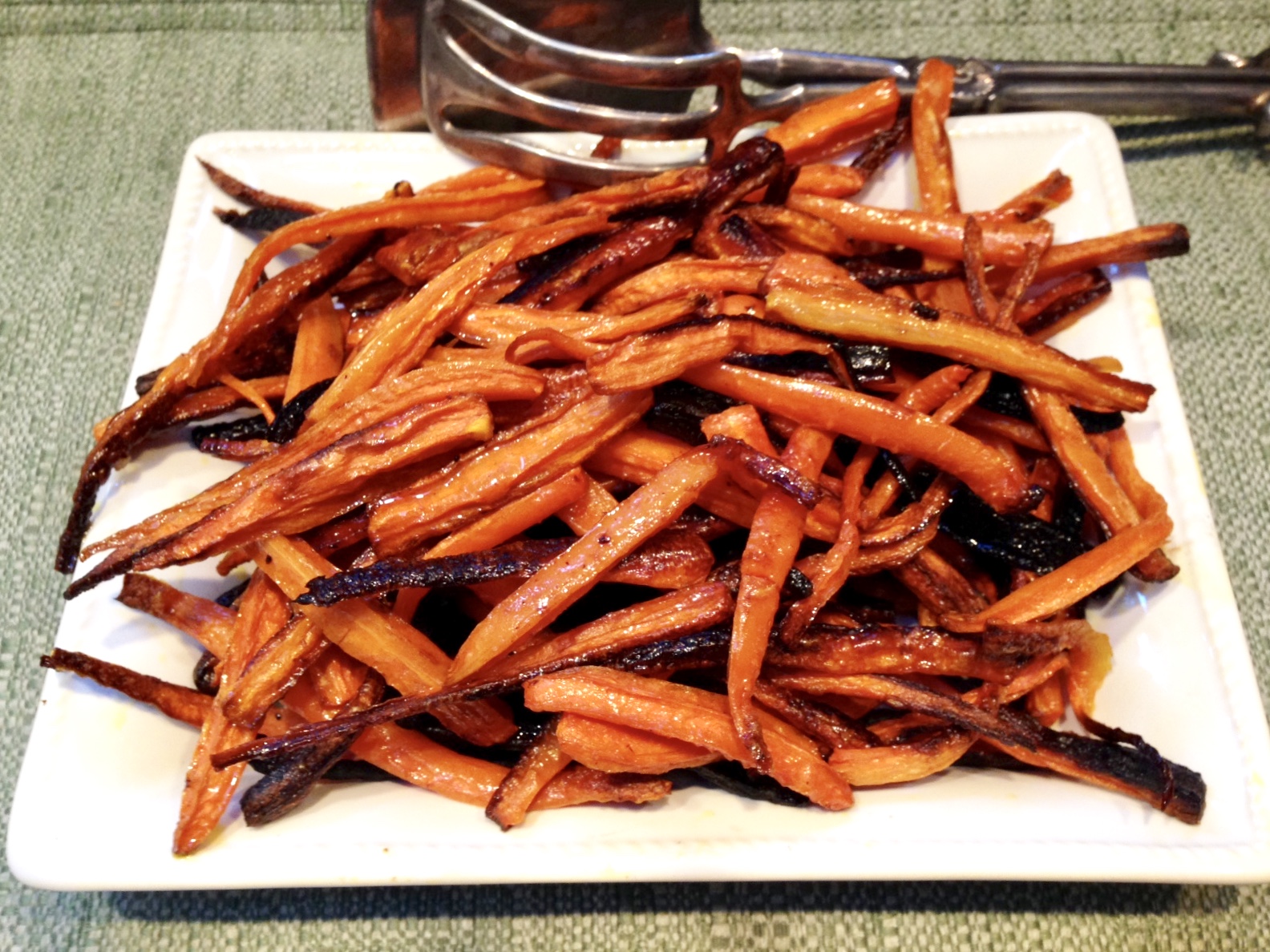Farro is becoming trendy. So says this article, which I read recently.
Actually, farro has been pretty popular in my house for the last several years. It’s one of those whole grains, you know, the stuff everyone says is so healthy, full of fiber and nutrients and so on.
It’s popular with me because it tastes so good and because there are so many things you can do with it.
I first cooked farro because I was getting bored with white rice, brown rice, black rice, red rice and every other kind of rice. And with pasta, potatoes and egg noodles. And there’s been an overload of quinoa recently too.
But I wanted something filling and “starchy” as a side dish with dinner.
There was this little bag of farro in the store. It looked intriguing. I decided to give it a try.
SUCCESS! Farro is sumptuous and tastes sort of nutty and toasty.
I’ve made it dozens of ways, treating it just like rice: steamed, poached, sauteed, in pilaf. Plain. With vegetables. As a salad, drizzled with vinaigrette.
Every recipe is terrific.
Some say farro is the same as spelt, but it is actually a different, if similar grain. It is also a lot like wheatberries and oat groats (so you can substitute those in recipes). Farro is sometimes called emmer wheat.
Do try it. You can use it all summer in a salad and all through the year in other ways.
Here’s one recipe we love at our house.
Farro Salad with Carrots, Peas, Tomatoes and Dill
1 cup farro
1-3/4 cup water or vegetable stock
2 carrots, chopped
1 cup thawed frozen green peas
1 cup halved grape tomatoes
3 tablespoons olive oil
2 tablespoons lemon juice
1-1/2 tablespoons chopped fresh dill
1 teaspoon grated fresh lemon peel
salt and freshly ground black pepper to taste
Place the farro and water in a saucepan and bring the liquid to a boil over high heat. Lower the heat, cover the pan and simmer for about 30 minutes or until the farro is tender, but still chewy. Set the farro aside to cool slightly. Cook the carrots in boiling water for 3-4 minutes or until tender. Drain and add to the farro. Add the peas and tomatoes and toss the ingredients to distribute them evenly. In a separate bowl or a jar, combine the olive oil, lemon juice, dill and lemon peel. Whisk the ingredients until well combine (or shake in a covered jar). Pour into the farro mixture and toss the ingredients. Season to taste with salt and pepper.
Makes 4-6 servings


